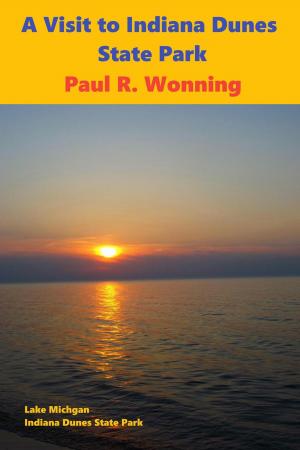| Author: | Norel Spence | ISBN: | 9781370331260 |
| Publisher: | Norel Spence | Publication: | May 12, 2013 |
| Imprint: | Smashwords Edition | Language: | English |
| Author: | Norel Spence |
| ISBN: | 9781370331260 |
| Publisher: | Norel Spence |
| Publication: | May 12, 2013 |
| Imprint: | Smashwords Edition |
| Language: | English |
History, Language and Culture
The Arabian Peninsula was occupied by the Abyssinians before the sixth century AD. Around AD 576 they were driven out of the southern areas by the Persians, who made it a province of their empire. The year AD 622, which has been adopted as the start of the Muslim period, was significant for the flight of the Prophet Muhammad from his house town of Mecca to nearby Medina, where he organized his followers prior to introducing an effective campaign to recapture Mecca. Many Arab tribes joined Muhammad before his fatality in 632 and afterwards the Muslims continued their expansion throughout the Arabian peninsula and into Syria, Mesopotamia (Iraq), Persia and westwards into Egypt and North Africa.
The towns of Mecca and Medina, both of which were thriving cultural and commercial centers prior to and after Muhammad, are the holiest cities of Islam and the Saudis take the obligation for safeguarding their integrity with the utmost seriousness. Arabia was absorbed into the Turkish Ottoman Empire throughout the 16th century, after the capture of Mecca by the Turks in 1517, however subsequent local rulers were permitted a great deal of autonomy. Under Turkish guidance, successive Sherifs of Mecca governed the area of Hijaz, which covered the western part of the peninsula consisting of the Red Sea coast as far south as Yemen, until the start of World War I.
In 1914 the British armed forces main Lord Kitchener supplied the Sherif of Mecca a package under which Hijaz would obtain self-reliance, guaranteed by the UK, on condition that the Sherif supported the military campaign against the Turks. The Sherif accepted, and after the Turkish defeat, the Kingdom of Hijaz was acknowledged as independent at the 1920 Treaty of Sèvres. On the other side of the peninsula, the leading potentate was Abdul Aziz Ibn Abdar-Rahman, better known as 'Ibn Saud', ruler of the province of Najd. In 1915, the government of India, then under British guideline, recognized Najd and some other areas along the Persian Gulf as possessions of Ibn Saud. Throughout the 1920s, military clashes between Ibn Saud's troops and forces loyal to the Hashemite King of Hijaz, Hussein, grew more routine as the decisive struggle for control of the peninsula happened.
History, Language and Culture
The Arabian Peninsula was occupied by the Abyssinians before the sixth century AD. Around AD 576 they were driven out of the southern areas by the Persians, who made it a province of their empire. The year AD 622, which has been adopted as the start of the Muslim period, was significant for the flight of the Prophet Muhammad from his house town of Mecca to nearby Medina, where he organized his followers prior to introducing an effective campaign to recapture Mecca. Many Arab tribes joined Muhammad before his fatality in 632 and afterwards the Muslims continued their expansion throughout the Arabian peninsula and into Syria, Mesopotamia (Iraq), Persia and westwards into Egypt and North Africa.
The towns of Mecca and Medina, both of which were thriving cultural and commercial centers prior to and after Muhammad, are the holiest cities of Islam and the Saudis take the obligation for safeguarding their integrity with the utmost seriousness. Arabia was absorbed into the Turkish Ottoman Empire throughout the 16th century, after the capture of Mecca by the Turks in 1517, however subsequent local rulers were permitted a great deal of autonomy. Under Turkish guidance, successive Sherifs of Mecca governed the area of Hijaz, which covered the western part of the peninsula consisting of the Red Sea coast as far south as Yemen, until the start of World War I.
In 1914 the British armed forces main Lord Kitchener supplied the Sherif of Mecca a package under which Hijaz would obtain self-reliance, guaranteed by the UK, on condition that the Sherif supported the military campaign against the Turks. The Sherif accepted, and after the Turkish defeat, the Kingdom of Hijaz was acknowledged as independent at the 1920 Treaty of Sèvres. On the other side of the peninsula, the leading potentate was Abdul Aziz Ibn Abdar-Rahman, better known as 'Ibn Saud', ruler of the province of Najd. In 1915, the government of India, then under British guideline, recognized Najd and some other areas along the Persian Gulf as possessions of Ibn Saud. Throughout the 1920s, military clashes between Ibn Saud's troops and forces loyal to the Hashemite King of Hijaz, Hussein, grew more routine as the decisive struggle for control of the peninsula happened.















